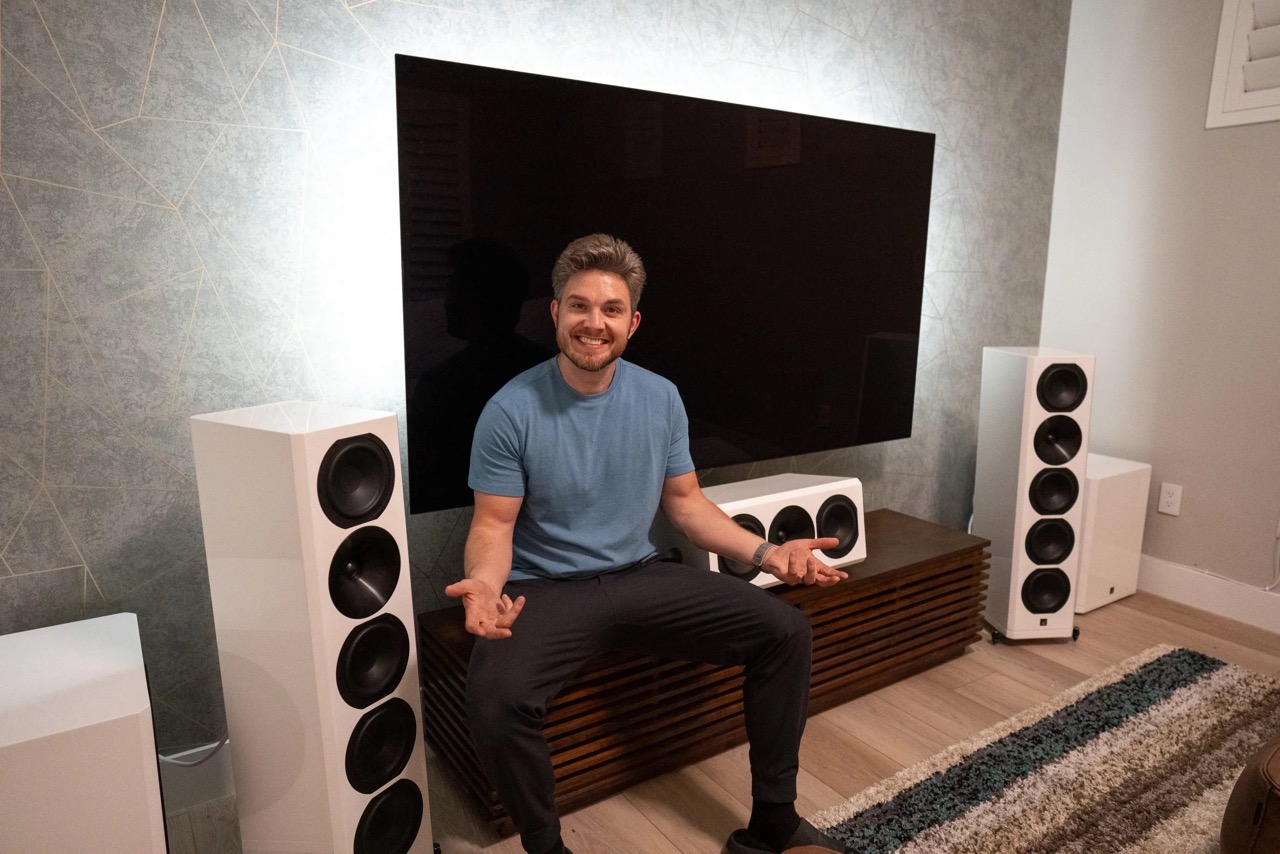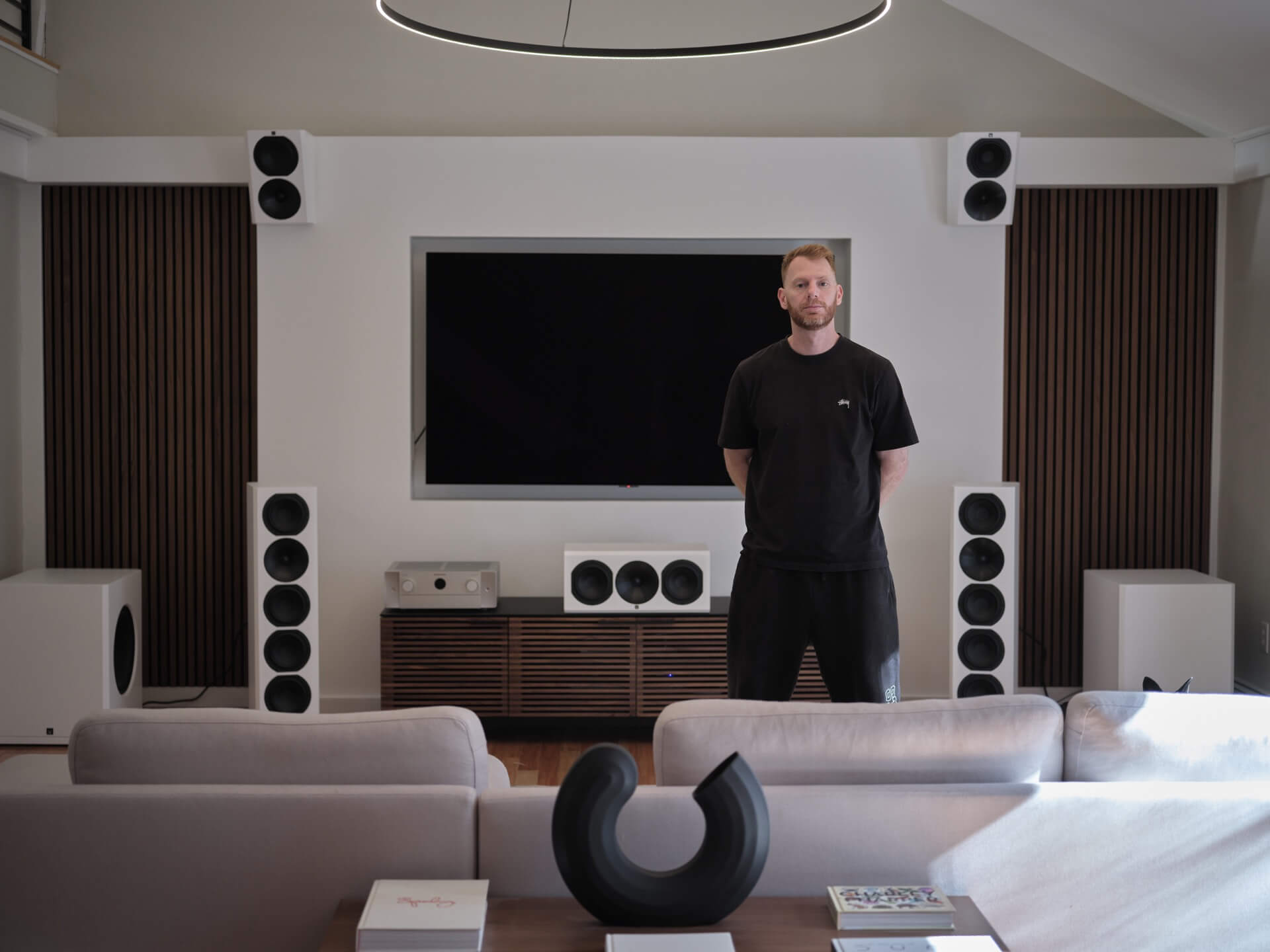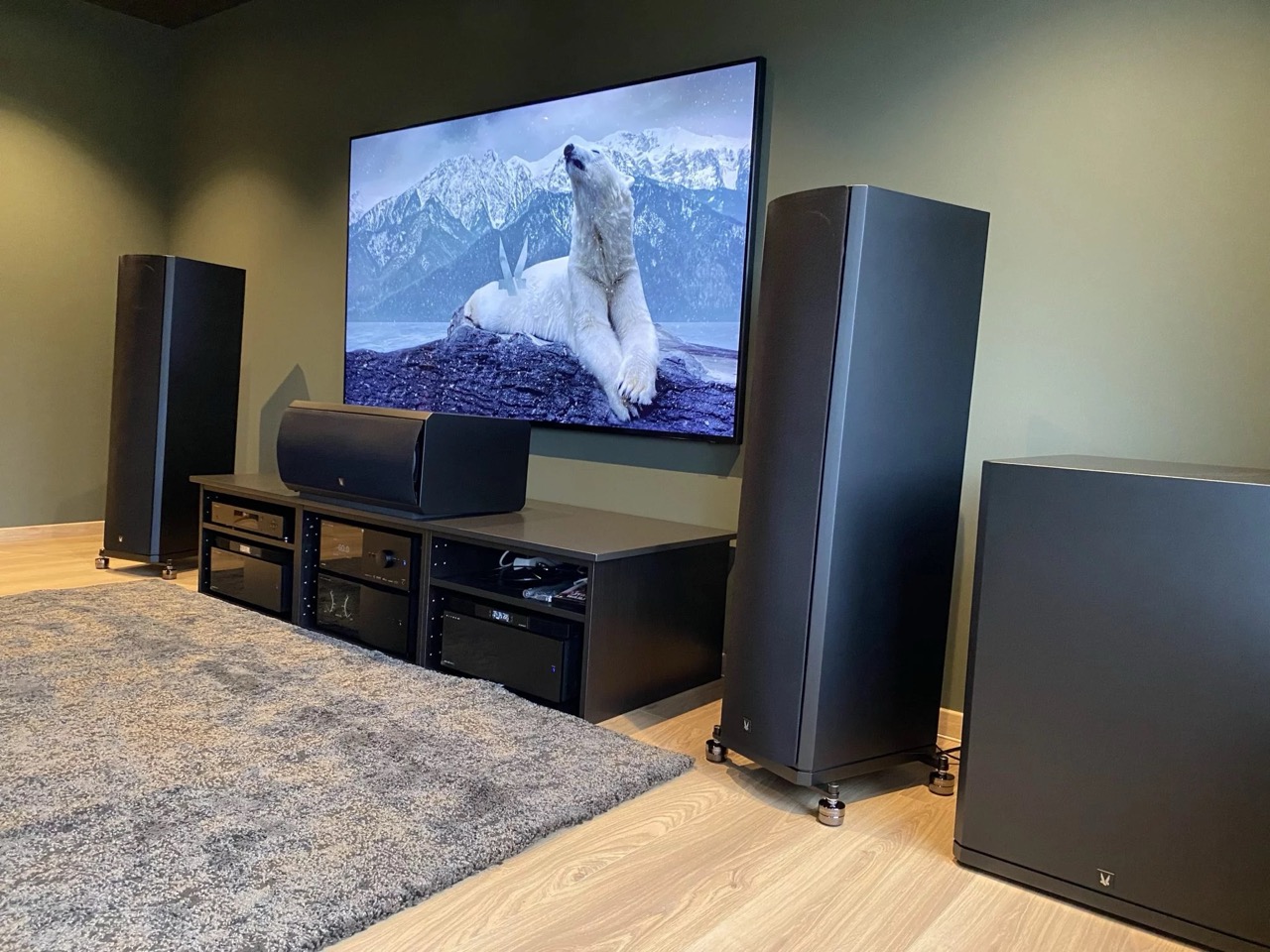Multiple Subwoofers vs My Circuit Breaker
Article summary - TL;DR
- Your 1723 Subwoofer 2V can handle peaks, so don't worry about tripping your circuit breaker with four units!
- Peak power draw varies with music and movies, not a constant load like sine waves.
- A quality class D amp's power consumption ranges from 10-20% above its RMS watt rating.
- Max continuous consumption for the Avalanche 1200 is around 1320-1440 watts.
- Enhance your audio experience with the 1723 Subwoofer 2V, designed for powerful and refined low-end reproduction.
Are you worried because you have purchased four 1723 Sub2V and wonder if the circuit breaker in your house can manage this? 1200 Watts x 4 = too much?
No worries!
You are not playing sine waves, which is a constant power draw, but you are playing either music or movies and the power will therefore be very variable.
As when you play loud, the music or movie signal is sent out in rushes and high peaks and medium volume.
Also, the circuit breakers in your home manage heavy peaks over their limits with ease!

Here are the facts:
The power consumption of an effective class D amp is approximately 10-20% higher than the RMS watt rating, so max continuously power consumption is then approximately as follows:
Avalanche 550: 605 – 660 Watt
Avalanche 800: 880- 960 Watt
Avalanche 1200: 1320 – 1440 Watt
You might also be interested in the standby power consumption for the amps
Frequently asked questions
Can my circuit breaker handle four 1723 Sub2V subs running simultaneously?
Yes, your circuit breaker can manage this. Since you’re not using constant power draws like sine waves, audio signals fluctuate, and circuit breakers handle short power peaks well.
How much power do the 1723 Sub2V subs actually draw?
Each subwoofer has a power consumption that’s around 10-20% higher than the RMS watt rating, varying by model. For example, if you have the Avalanche 1200, it uses approximately 1320-1440 Watts max continuously.
What happens when I play music or movies with my subs?
When playing music or movies, the power draw is variable. It's not constant like sine waves; instead, audio signals deliver dynamic bursts and peaks, making it easier on your circuit breaker.
Will my circuit breaker trip if I play music loudly?
Typically, no. Circuit breakers are designed to handle brief power spikes without tripping, so occasional loud music should not pose a problem.
What is standby power consumption for the amps?
You can find the standby power consumption details for the amps in the article linked [here](https://helpcenter.arendalsound.com/knowledge/articles/360048841611/en-us?brand_id=360001516831).
Do class D amps consume extra power?
Yes, effective class D amps, like those powering your subs, have a power consumption that is about 10-20% higher than their RMS watt rating.
Are there different models of the Avalanche amps and their power consumption?
Yes, here are the approximate continuous power consumptions: Avalanche 550: 605-660 Watts, Avalanche 800: 880-960 Watts, and Avalanche 1200: 1320-1440 Watts.
What is RMS watt rating?
RMS watt rating reflects the continuous power output of an audio device, giving you a more realistic measure of performance than peak power ratings.
Can I play multiple subs without affecting sound quality?
Yes, playing multiple subs can enhance sound quality by providing deeper bass and better dynamics, assuming your equipment is set up properly.








